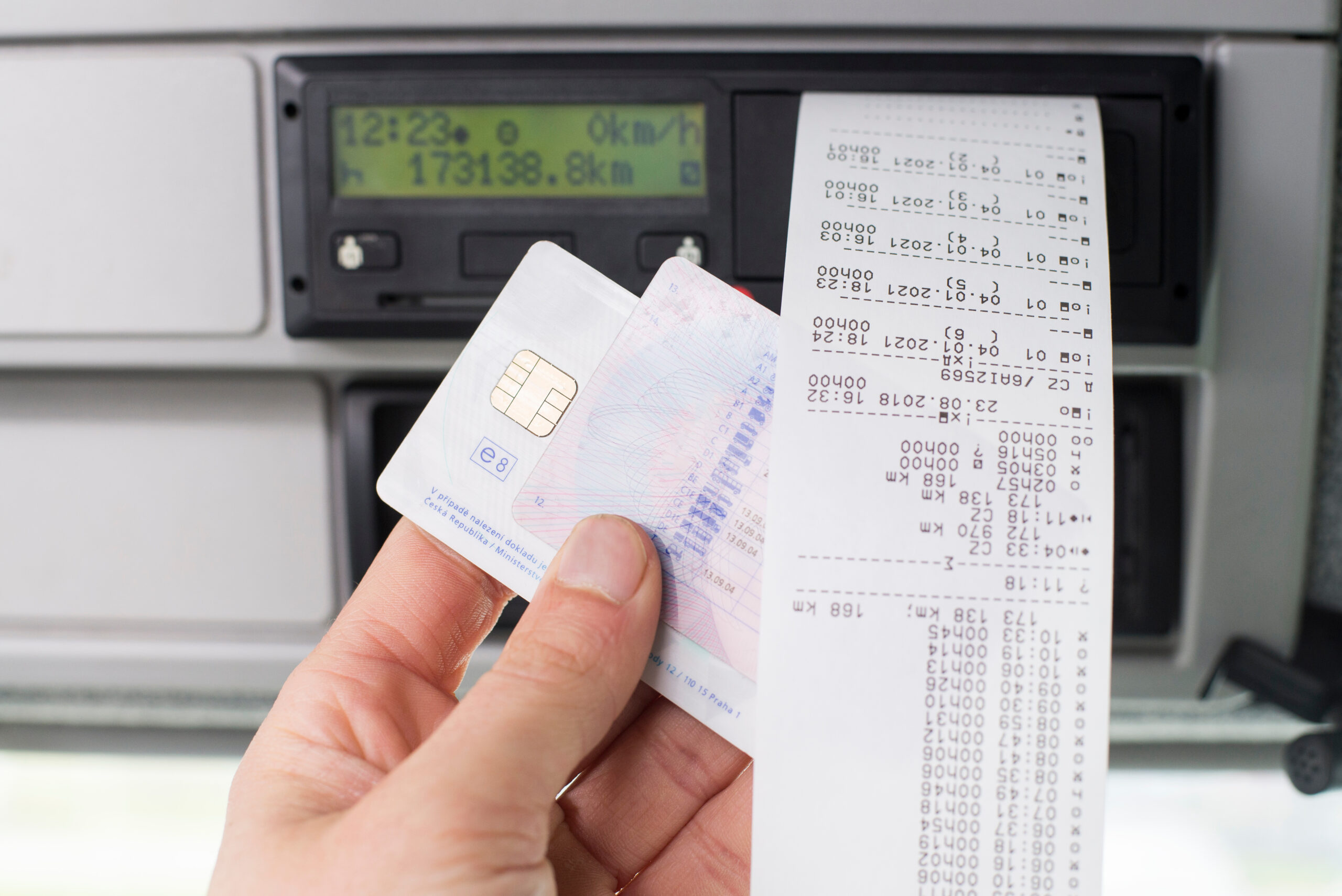Holding all (driver) cards: How to handle the extended recording period
Where are the challenges when we switch from 28 to 56 days?
Some commercial drivers are already looking towards the end of next year with a feeling of unease. From December 31, 2024, driver cards’ recording period will be extended to 56 days. But is the switch really a reason for drivers to worry? No, it is not – for several reasons. For one, currently issued driver cards with a recording period of 28 days will remain valid until their expiration date, even if that date is later than the due date mentioned above. The other reason deals with the common misunderstanding that the driver card records just 28 days’ worth of data. That is not the case; the 28 days refer to the absolute minimum the cards must be able to store. Already today, the driver card stores information from the tachograph until its memory is full. Then, and only then, does it overwrite data that has been stored the longest. That means, for frequent drivers, at least a few months are stored.
Possible challenge for infrastructure, not drivers
But also logistics enterprises have questions when it comes to the new 56-day driver cards. For example, will they have to expect any challenges because of the extension? In general, we do not anticipate any big challenges for transport companies, as long as the introduction of the new version of the driver cards on a national level runs smoothly. But there are some things to keep in mind. While the 56 days refer to the number of days stored on the drivers’ card, fleets are obliged to download the driver cards’ recorded data on a periodical basis after 28 days – and this will remain the case after December 31, 2024.
However, there is one challenge we can imagine when it comes to integrating the 56-day driver cards in a fleet’s daily operation: Not all fleet management software and hardware tools currently used for downloading and analysing tachograph card data are able to handle the new extended period today. That is why fleet operators should check their equipment prior to the switch date to see if any adaptation is needed. Some providers have already proactively thought of this issue today and have developed hard- and software that can deal with the new driver cards – like Continental with it’s second-version smart tachograph DTCO 4.1 and its fleet and tachograph management platform VDO Fleet.
More penalties through new driver cards?
With the extension of the recording period, there is also the fear that more infringements will be detected. The assumption is that, with 56 days of data instead of 28, traffic authorities will be able to check driver-related data over a longer period of time – especially if they can find the suspected cases with higher frequency as remote scanning of the tachograph data through roadside checks increases. Even though these remote checks only provide an indication to the authorities, this obviously increases the likelihood of detecting the infringements.
However, the extended recording period also gives fleet managers the chance to address their fleet’s legal compliance by monitoring the trusted data from the second-version smart tachograph themselves. For example, VDO Fleet offers a comprehensive overview of the most common infringements occurring within their fleet. For that, the VDO Fleet Scorecards (ERRU) function processes the data from the past 52 weeks and lists the ten most frequent infringements of the fleet by default. It even shows the scorecard for each individual driver, making targeted trainings possible. So, a pro-active use of the extended driver card recordings can provide real added-value for a fleet’s overall compliance and operations.












